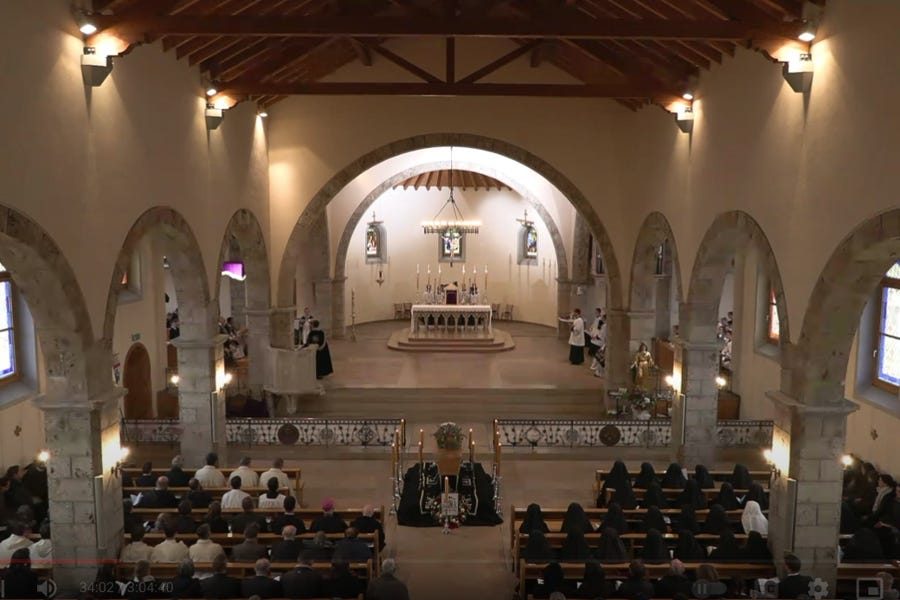Swiss bishop defends attending predecessor’s SSPX funeral
Bishop Vitus Huonder wanted to be buried alongside Archbishop Lefebvre.
A Swiss bishop defended his decision Tuesday to attend his predecessor’s funeral at the seminary church of the Society of Saint Pius X (SSPX) in Écône.

Bishop Joseph …
